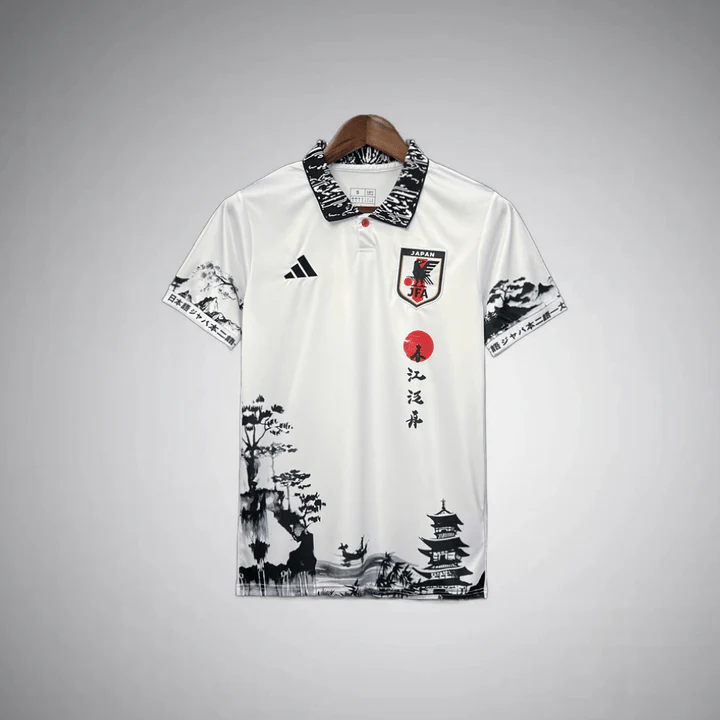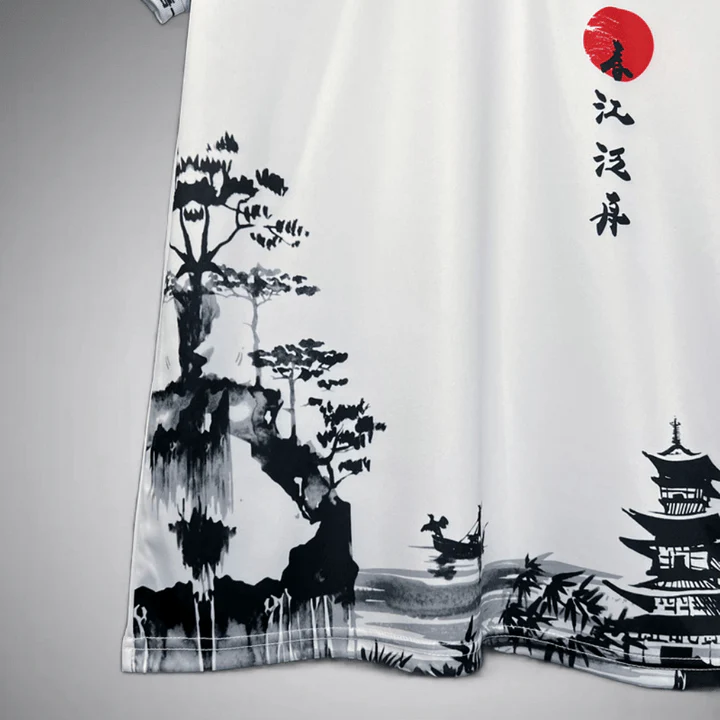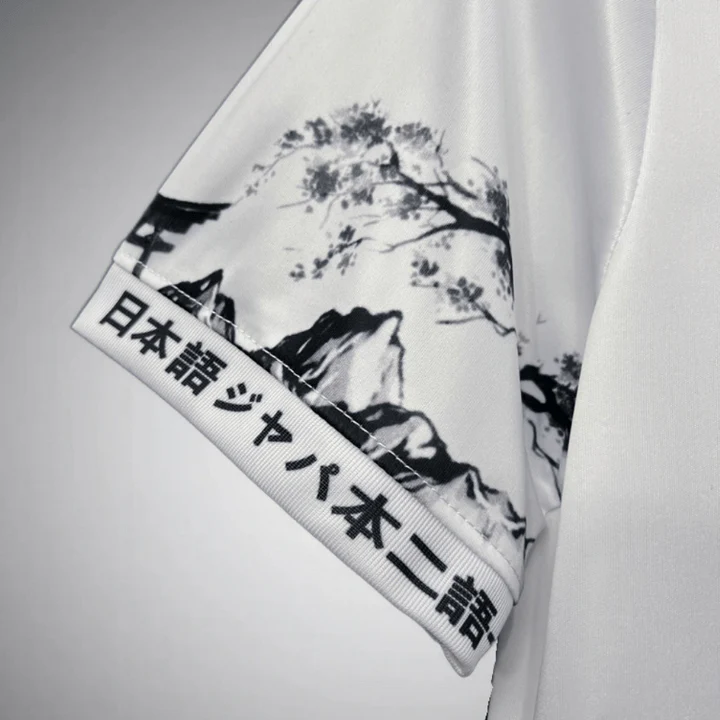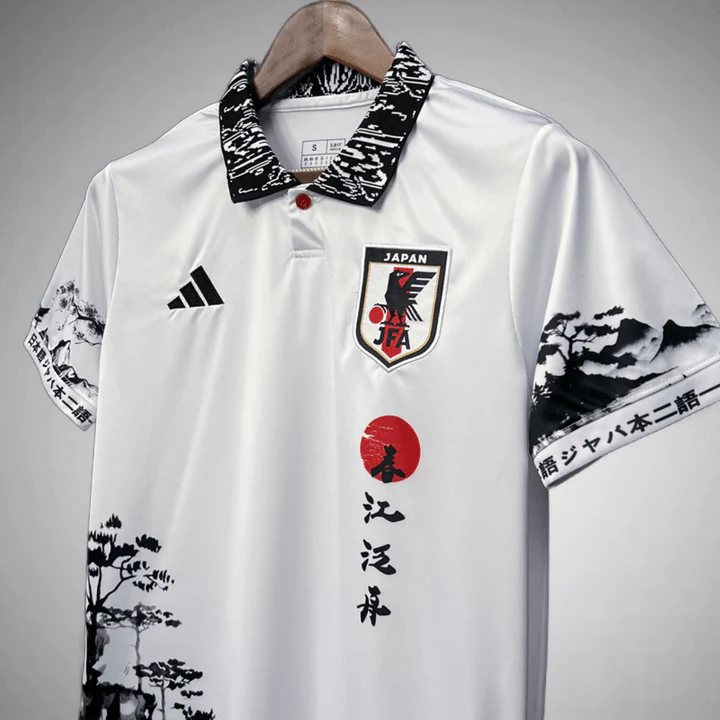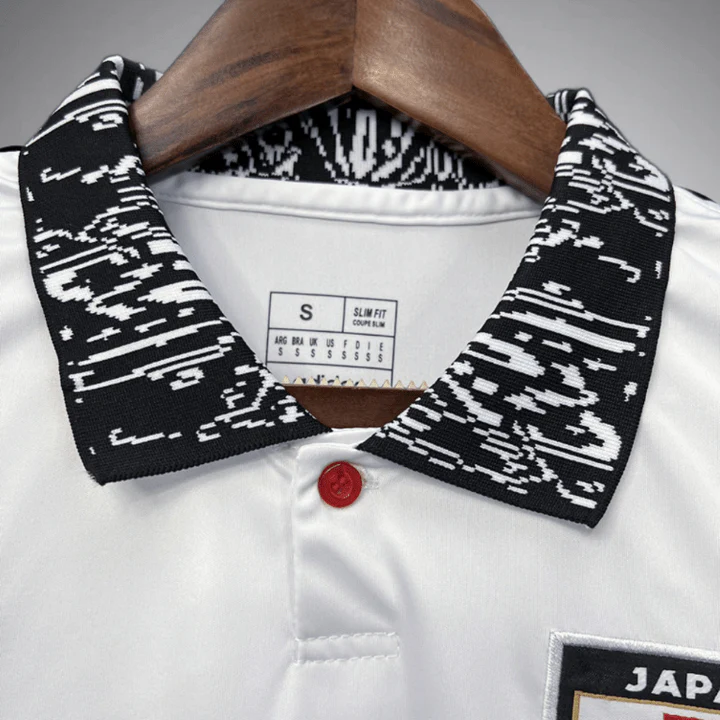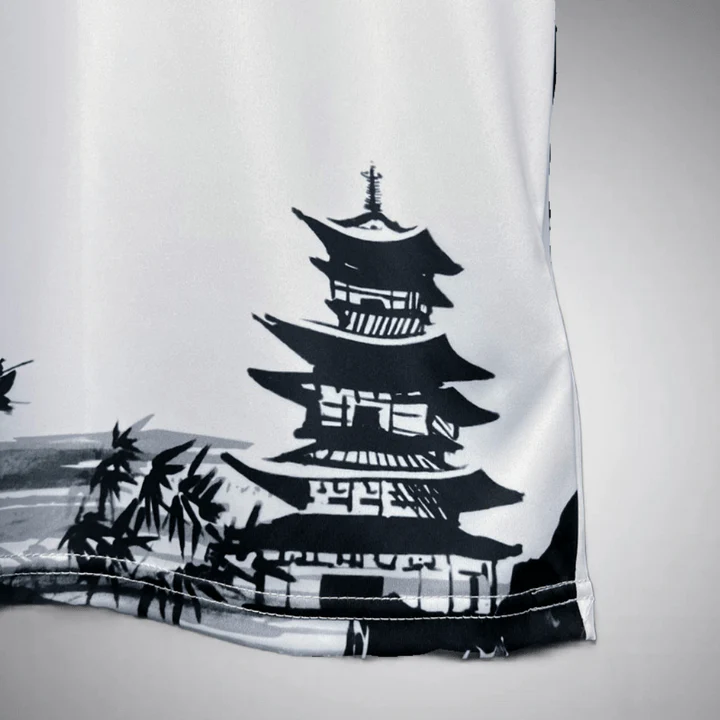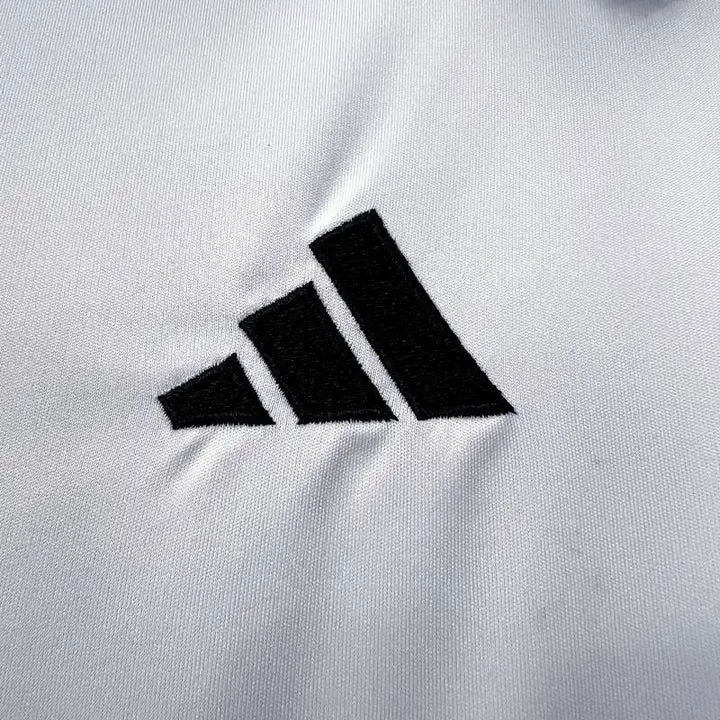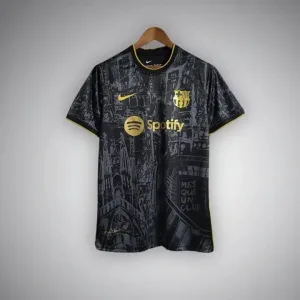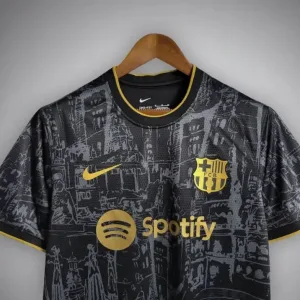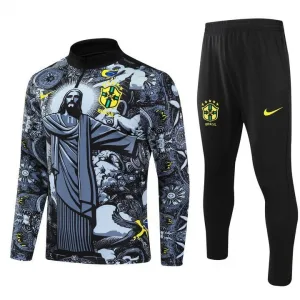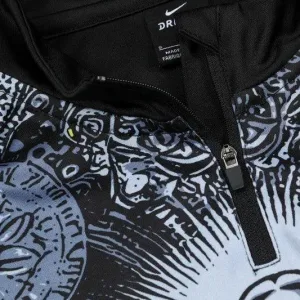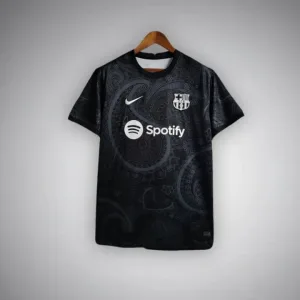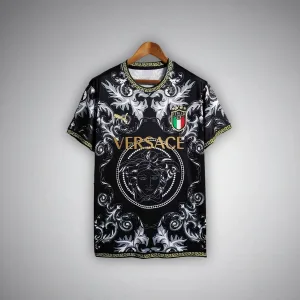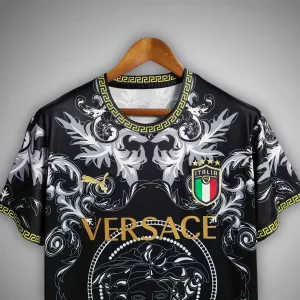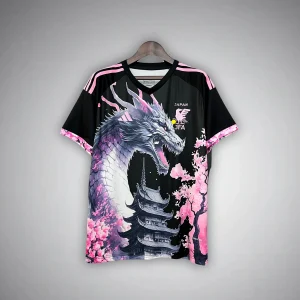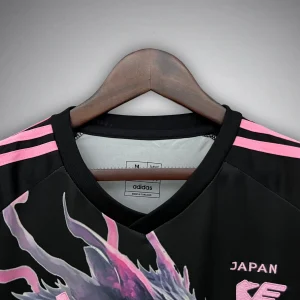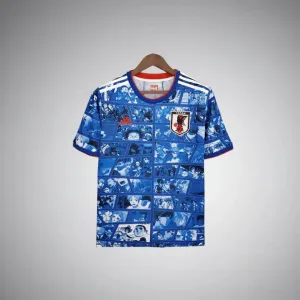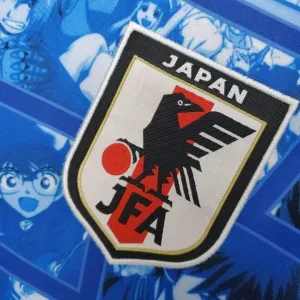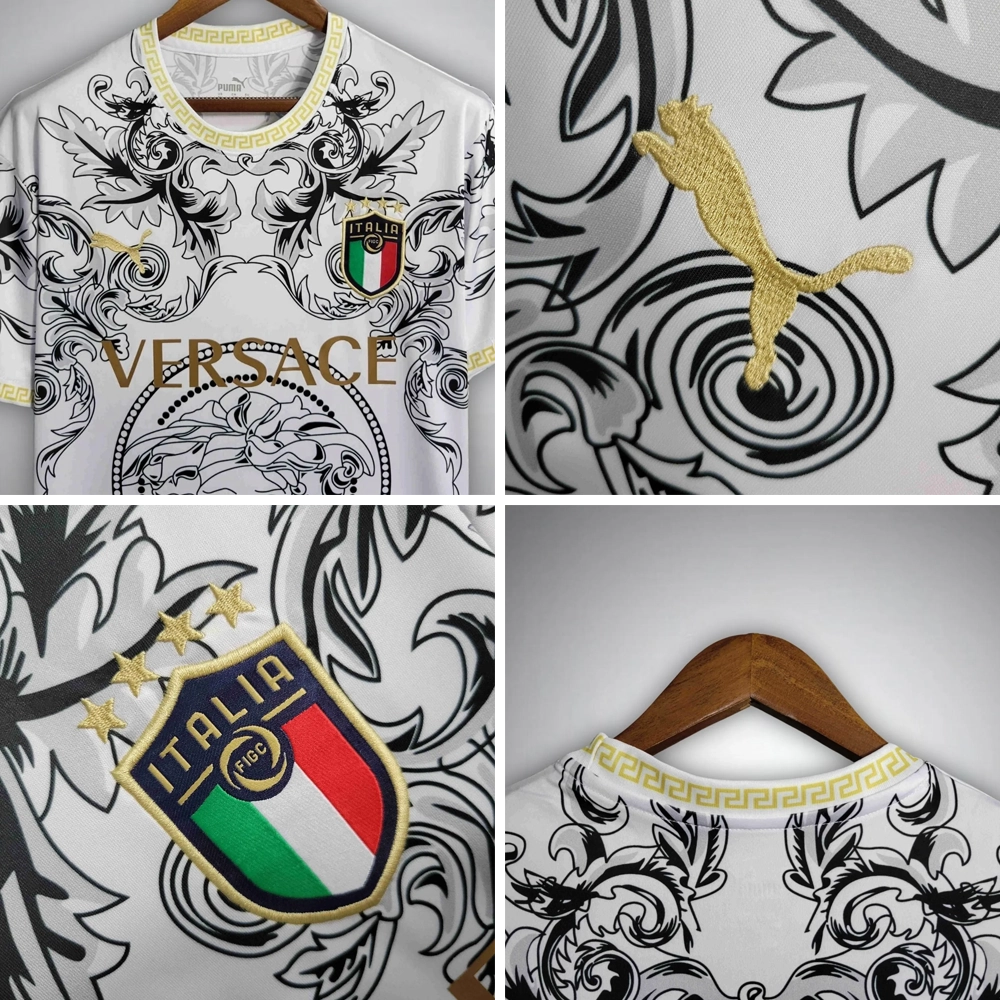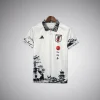Football Aura™
Material:
Polistyren - 80%
Cotton - 10%
Nylon - 7%
Spandex - 3%
Weight: 200g
Features:
• Quick Dry: Designed for an active lifestyle, ensuring you stay dry and comfortable.
• Windbreak: Built to resist the chill of the game, whether on the field or in the stands.
• Anti-static: Engineered to reduce static build-up, so you can move freely without cling.
• Breathable: Stay cool with materials that allow air to circulate and skin to breathe.
If there is any issue with your order, do not hesitate to reach out to our customer support team at
returns@footballaura.com
We will be more than happy to offer you an immediate solution to ensure that you are left satisfied with your experience!
*Personalized products cannot be exchanged or returned.
Dive into the captivating world of Japanese ink wash painting with the Japan “Sumi-e Heritage” Premium Kit, your ultimate Sumi-e Painting Kit designed for both novices and seasoned artists. This comprehensive Sumi-e Painting Kit embodies the essence of traditional Japanese artistry, providing all the essential tools to create stunning monochrome masterpieces that capture the spirit of nature and Zen philosophy. Whether you’re exploring brush strokes for the first time or refining your technique, this Sumi-e Painting Kit offers premium-quality components sourced to honor centuries-old practices.
The history of Sumi-e, or Japanese ink wash painting, traces its roots back to China during the Tang dynasty (618–907), where it emerged as a revolutionary art form emphasizing simplicity and expression over realism. Introduced to Japan in the 14th century by Zen Buddhist monks during the Muromachi period (1333–1573), Sumi-e quickly evolved into a cornerstone of Japanese culture. Artists like Josetsu, often called the “Father of Japanese ink painting,” and Sesshū Tōyō (1420–1506) pioneered the style, blending Chinese influences with Japanese aesthetics. Sesshū’s travels to China allowed him to master techniques that he adapted into iconic works, such as landscapes that convey harmony with nature through minimalistic brushwork. By the Azuchi–Momoyama period (1568–1600), Sumi-e expanded to large-scale folding screens, like the renowned Shōrin-zu byōbu, showcasing dynamic monochrome compositions.
In this Sumi-e Painting Kit, you’ll find high-grade sumi ink sticks made from soot and glue, ground on an authentic inkstone to achieve varying shades from deep black to subtle grays – a technique central to Sumi-e’s tonality. The brushes, crafted from bamboo and natural animal hair, allow for precise control, enabling the four basic strokes: the “bone” for structure, “flesh” for texture, “tendons” for connection, and “spirit” for vitality. These elements mirror the philosophical underpinnings of Sumi-e, influenced by Daoism and Zen Buddhism, which stress spontaneity and inner peace. Practitioners believe that each stroke reflects the artist’s chi, or life force, making every creation a meditative journey.
As you unpack your Sumi-e Painting Kit, imagine following in the footsteps of masters like Kanō Masanobu (1434–1530), founder of the Kanō school, who integrated Sumi-e into courtly art, or Hasegawa Tōhaku (1539–1610), whose “Pine Trees” screen is a National Treasure of Japan. Historical facts reveal that Sumi-e was not just art but a spiritual practice; monks used it to illustrate Zen koans, fostering enlightenment through minimalism. During the Edo period (1603–1868), the nanga or bunjinga style emerged, led by artists like Ike no Taiga (1723–1776), incorporating literati influences while preserving Sumi-e’s core: capturing the “essence” rather than literal forms.
This Sumi-e Painting Kit includes rice paper (washi) for absorbent, textured surfaces, ideal for landscapes, birds, and flora – subjects that have defined Sumi-e for generations. Experiment with dilution to create atmospheric effects, much like Dong Yuan (c. 934–962) did in China, influencing Japanese adaptations. For those interested in expanding their collection, pair this kit with our Japanese Calligraphy Set, perfect for combining Sumi-e with shodo writing.
Delve deeper into Sumi-e’s origins through reliable sources. Learn more about its evolution on Wikipedia’s page on Ink Wash Painting, which details its Chinese beginnings and Japanese refinements. For inspiration from historical artifacts, explore the Metropolitan Museum of Art’s collection, such as this piece by Sesson Shukei, showcasing 16th-century techniques.
Modern enthusiasts appreciate how this Sumi-e Painting Kit bridges ancient traditions with contemporary creativity. In Korea, a parallel style influenced by Sumi-e developed during the Joseon dynasty (1392–1910), with artists like Jeong Seon (1676–1759) creating “true-view” landscapes. Today, Sumi-e inspires global artists, promoting mindfulness amid fast-paced life. With your Sumi-e Painting Kit, practice the “Four Treasures of the Study” – brush, ink, paper, and inkstone – tools unchanged since the Warring States period (475–221 BCE), when the first ink brushes were discovered.
Investing in this Sumi-e Painting Kit means embracing a legacy of resilience; despite wars and cultural shifts, Sumi-e endured, evolving through schools like the Southern and Northern Chinese styles that shaped Japanese interpretations. Famous works, such as Guo Xi’s “Early Spring” (1072), demonstrate the power of ink gradients to evoke seasons and emotions. As you grind ink and load your brush, feel connected to Tomioka Tessai (1837–1924), the last great nanga painter, who blended tradition with modernity.
This premium Sumi-e Painting Kit is more than supplies; it’s a portal to cultural heritage, encouraging hours of serene practice. Whether gifting it or using it personally, expect transformative results. With consistent use, you’ll master the spontaneity that defines Sumi-e, creating art that whispers stories of ancient pines, misty mountains, and fleeting cherry blossoms. Elevate your artistic journey today with the Japan “Sumi-e Heritage” Premium Kit – the definitive Sumi-e Painting Kit for timeless expression.

